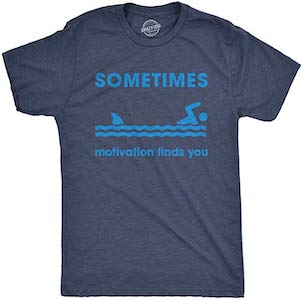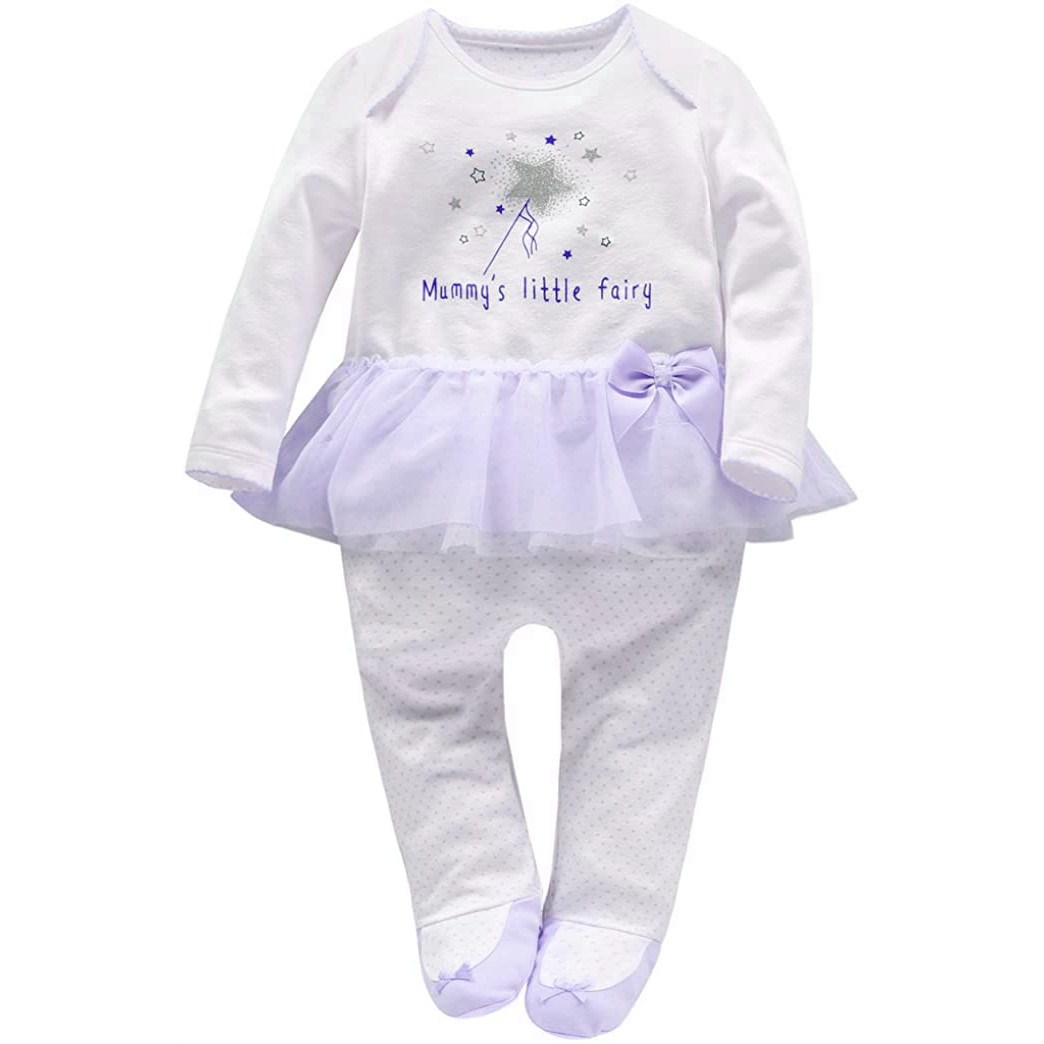Phrase by 'Sarah Parcak'
Warning: We collect thousands of phrases from different public resources. We are not responsible for any incorrect content or inaccurately information related to the phrases we collect on our website. Famous phrases, proverbs, short phrases, phrases from kids. Phrases about friendship, love, cinema, family, humor, motivation, mindfullness, improvement, life and much more. Our only goal is to offer you these phrases as an inspiration so that you can make unique dedications, express your thoughts and emotions or share on your social networks. Enjoy our content.
We're using satellites to help map and model cultural features that could never be seen on the ground because they're obscured by modernization, forests, or soil.
Author: Sarah Parcak - American ScientistHelp , Never , Ground , Map
Before doing fieldwork in Middle Egypt, I analyzed satellite imagery to determine exactly where I wanted to go. Within three weeks, I found about 70 sites. If I had approached this as a traditional foot survey, it would have taken me three and a half years.
Author: Sarah Parcak - American ScientistMe , Doing , Three , Egypt
There's even an aircraft sensor system that sends down hundreds of thousands of pulses of light measured at different return rates. It allows you to literally strip away vegetation and see entire cities beneath the rain forest canopy. This is the unbelievable future of archaeology.
Author: Sarah Parcak - American ScientistYou , Future , Light , Rain
Itjtawy was ancient Egypt's capital for over four hundred years, at a period of time called the Middle Kingdom about four thousand years ago. The site is located in the Faiyum of Egypt, and the site is really important because in the Middle Kingdom there was this great renaissance for ancient Egyptian art, architecture and religion.
Author: Sarah Parcak - American ScientistTime , Art , Religion , Architecture
Archaeologists have used aerial photographs to map archaeological sites since the 1920s, while the use of infrared photography started in the 1960s, and satellite imagery was first used in the 1970s.
Author: Sarah Parcak - American ScientistFirst , Started , Photography , Map
The only technology that can 'see' beneath the ground is radar imagery. But satellite imagery also allows scientists to map short- and long-term changes to the Earth's surface. Buried archaeological remains affect the overlying vegetation, soils and even water in different ways, depending on the landscapes you're examining.
Author: Sarah Parcak - American ScientistYou , Short , Technology , Water









